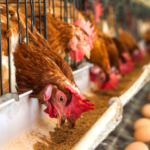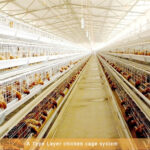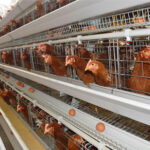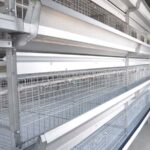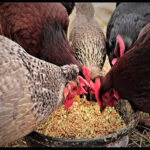Please pay attention to these two aspects in the summer chicken raising
In the summer, chicken farmers are facing the adverse effects of high humidity and high temperature in summer. Poor management may reduce the appetite of the chickens and decrease the feed intake, resulting in insufficient intake of nutrients such as energy, protein, vitamins, minerals, etc., which will reduce the production performance and reduce the resistance to disease and stress. To this end, farmers should focus on two major issues.
Take reasonable measures to control and improve the environment of the house
The ideal ambient temperature for laying hens is 15 to 25 ° C, and the production performance is best in this temperature range. When the ambient temperature exceeds 30 ° C, the chicken needs to dissipate heat by increasing the number of breaths. With the reduction of feed intake, the amount of drinking water increases, the feces become thinner, the egg production decreases, the eggshell becomes thinner, and the broken eggs increase, which causes losses to production. In summer, the house temperature should be kept below 28 °C. Specific measures include:
1. Strengthen ventilation. Reduce ventilation by ventilation and remove excess water from the house. Increase ventilation even in the morning and at night, even if the temperature is not high. Large-scale standardized chicken houses with good sealing conditions are equipped with longitudinal negative pressure ventilation, chicken houses with poor sealing conditions, open semi-open houses, longitudinal positive pressure ventilation, and fans to the inside of the house.
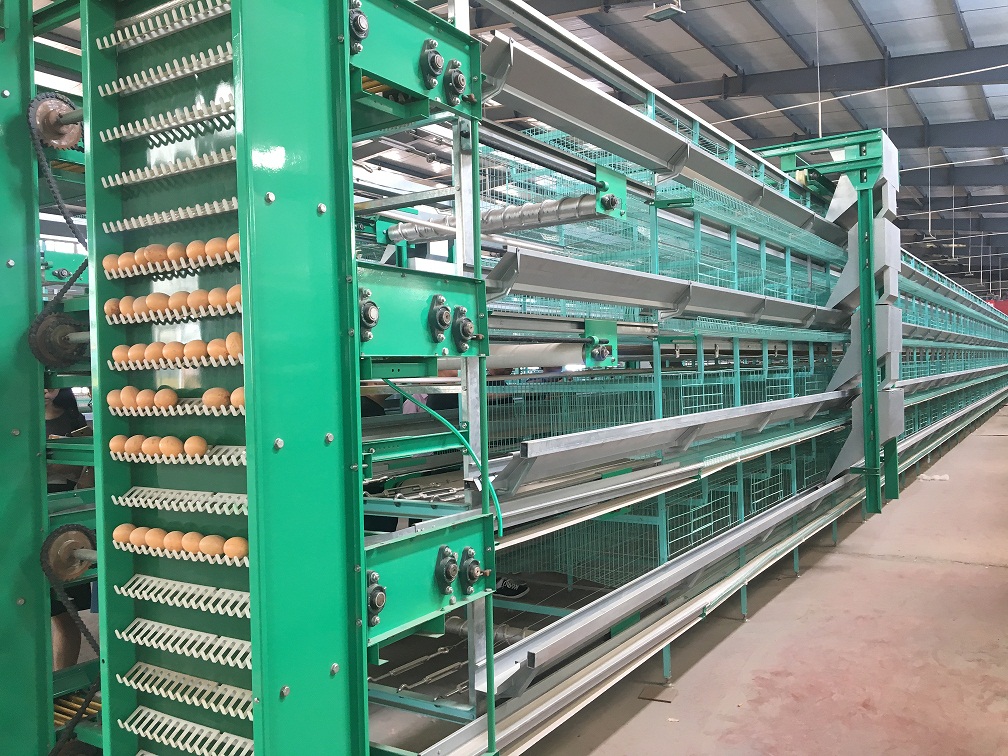
2. Cool down. Set a sunshade net on the sunny side of the house to avoid direct sunlight. Planting trees around the house to reduce the heat of reflection. Open the wet curtain cooling system, and the poor condition of the house should be sprayed with cool water to cool down if necessary.
3. Clear the feces in time. Chicken manure is easy to ferment and produce heat, and emits harmful gases. The house is cleaned every morning and evening, keeping the house clean and dry.
4. Reduce the density of feeding in the chicken battery cages, which is conducive to heat dissipation in the chicken body.
Adjust diet formula to balance nutrient levels in chickens
1. Adjust protein and amino acid content. Because the protein produces more calories and less heat is produced, in order to reduce the heat dissipation burden of the chicken, the crude protein level should be reduced as much as possible to ensure the excess protein, while ensuring the essential amino acid content and amino acid balance. Since the protein level is at the lower limit when the feed formula is adjusted, in order to improve the utilization of the protein and ensure the nutritional needs, according to the amino acid content in the diet, the essential amino acid is added, and the methionine can be increased by 10% to 15%, and the amino acid balance is maintained.
2. Increase feed energy concentration. Because of the decrease in feed intake caused by heat stress, the energy intake is insufficient, and the energy concentration in the feed needs to be increased. The commonly used method is to use fat instead of carbohydrates. The fat production is low, and the palatability of the feed can be improved, and the residence time of the feed in the digestive tract can be prolonged, thereby increasing feed intake and digestion and absorption. The amount of fat added to the feed during heat stress is preferably 1% to 3%, but due to the oxidative deterioration of fat, it should be given enough attention.
